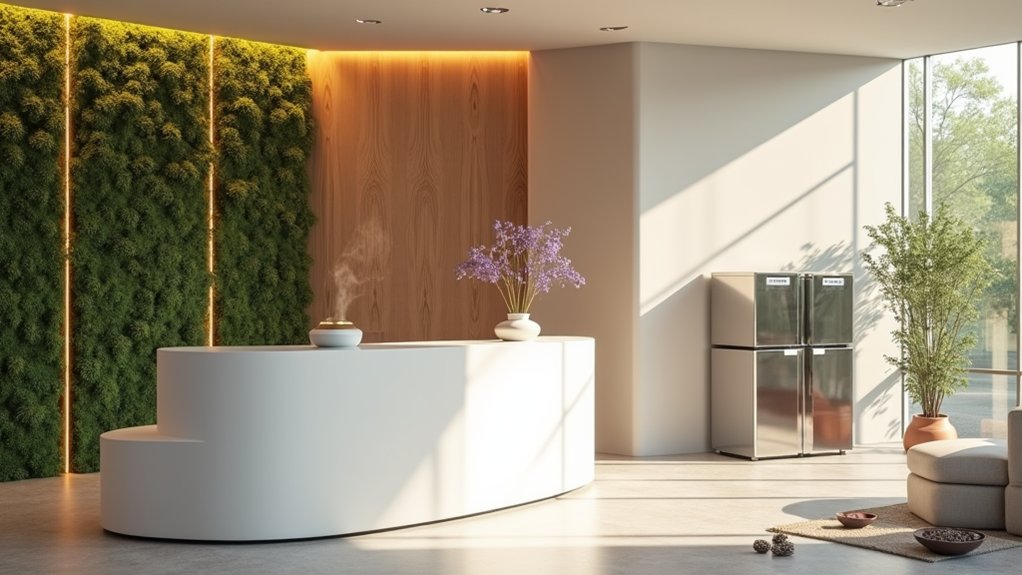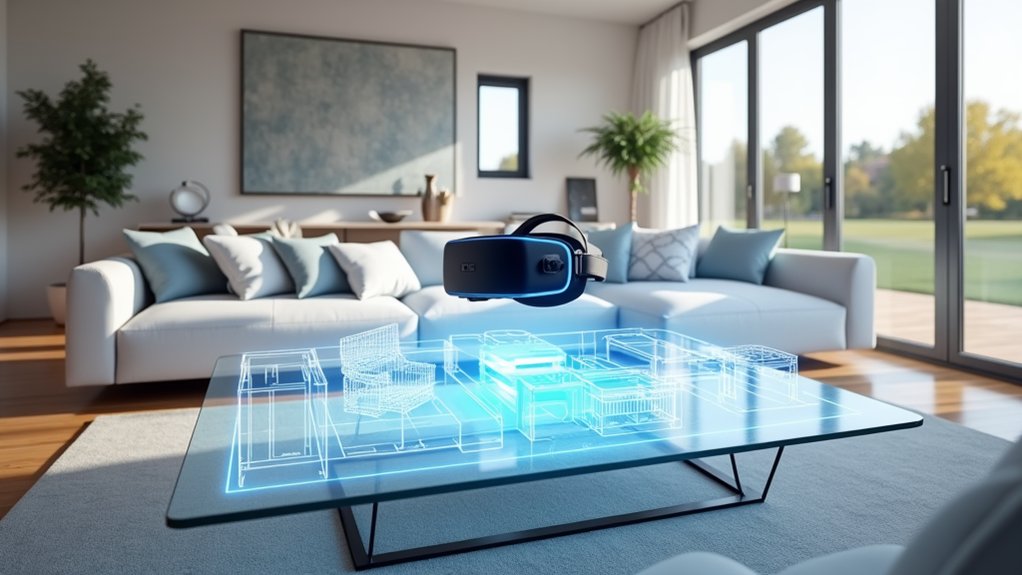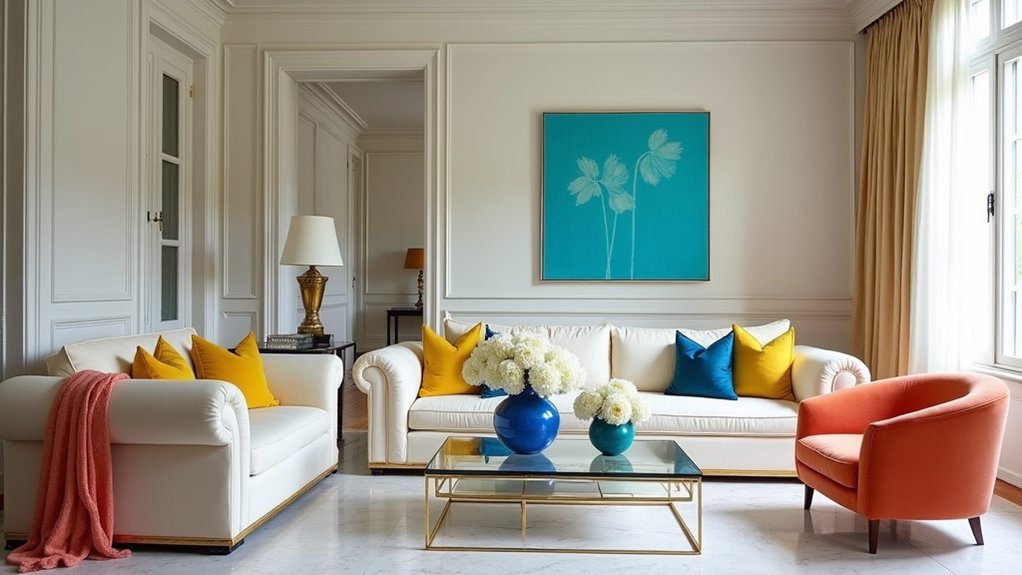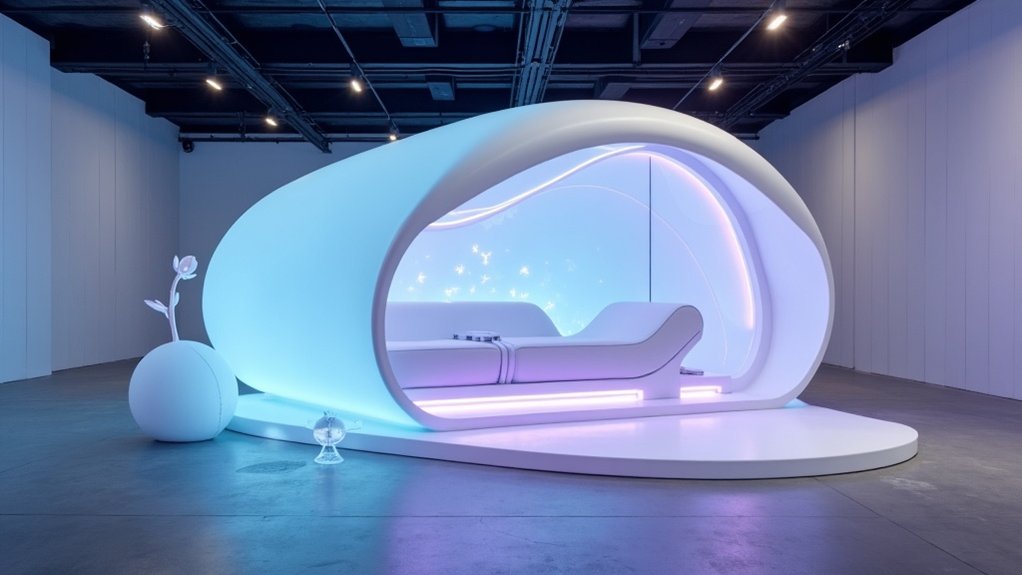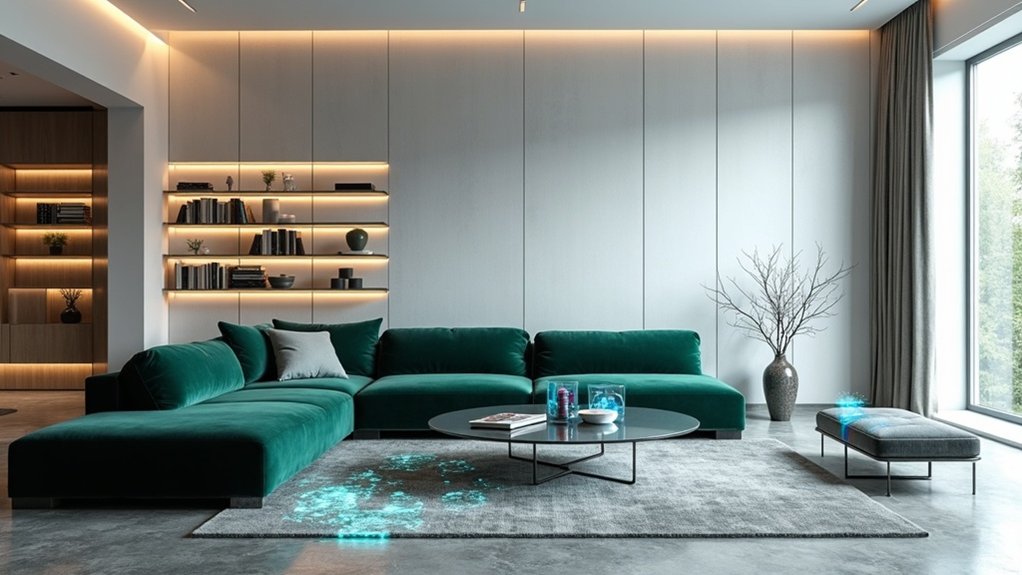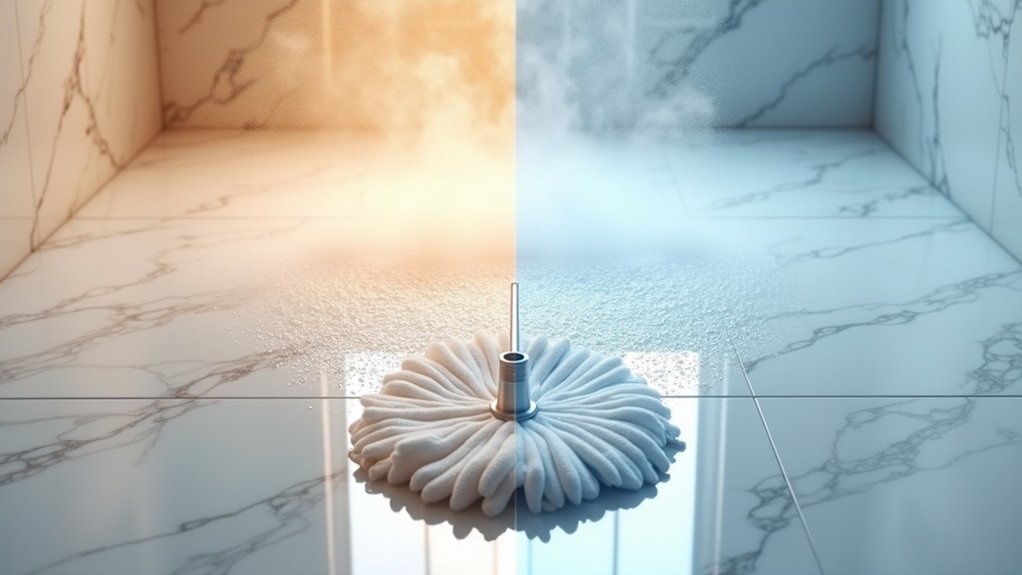As healthcare systems worldwide grapple with rising rates of neurodegenerative diseases and mental health challenges, a groundbreaking field called neuroaesthetics is transforming how medical professionals approach patient care and treatment. Since its formal definition in 2002, this scientific discipline has evolved from studying neural responses to art into a thorough framework that integrates neuroscience, psychology, and therapeutic practices to improve patient outcomes across diverse healthcare settings.
The field’s expansion beyond traditional art appreciation encompasses the full spectrum of aesthetic experiences, from natural environments to architectural design. Research demonstrates that engagement with artistic stimuli measurably alters brain function, activating reward centers, memory networks, and social engagement pathways. These neurological changes translate into tangible clinical benefits, particularly for patients with Alzheimer’s disease and other forms of dementia, where aesthetic interventions help maintain pleasure and beauty pathways in spite of cognitive decline.
Healthcare facilities are increasingly leveraging these insights to create therapeutic environments that engage multiple senses simultaneously. Hospital corridors adorned with nature-inspired murals, treatment rooms infused with calming scents, and recovery spaces featuring biophilic design elements represent practical applications of neuroaesthetic principles. Evidence indicates that patients exposed to these aesthetically improved environments experience reduced stress, faster recovery times, and lower anxiety levels compared to those in traditional clinical settings. Major medical centers now incorporate doctor-prescribed museum visits as part of comprehensive treatment plans, recognizing that structured exposure to art can complement traditional medical interventions.
The therapeutic applications extend far beyond passive exposure to pleasant surroundings. Active participation in artistic activities—whether through music, choreography, handcrafts, or literary arts—provides cognitive stimulation and social engagement opportunities essential for maintaining brain health. Modern experimental methods including fMRI and ERP studies confirm that aesthetic engagement activates specific brain regions associated with reward processing and emotional regulation. These interventions prove particularly valuable in dementia care, where traditional pharmaceutical approaches often fall short of addressing quality of life concerns.
Applied neuroaesthetics represents a transformative shift in healthcare delivery, moving beyond purely medical interventions to adopt integrated approaches that honor the human need for beauty and sensory engagement. As research continues to validate the biological and psychological benefits of aesthetic experiences, healthcare systems are recognizing that integrating art and design into treatment protocols isn’t merely decorative—it’s therapeutic.
This revolution promises to reshape patient care standards, offering hope for improved outcomes across neurological conditions while enriching the healing experience for all patients.
